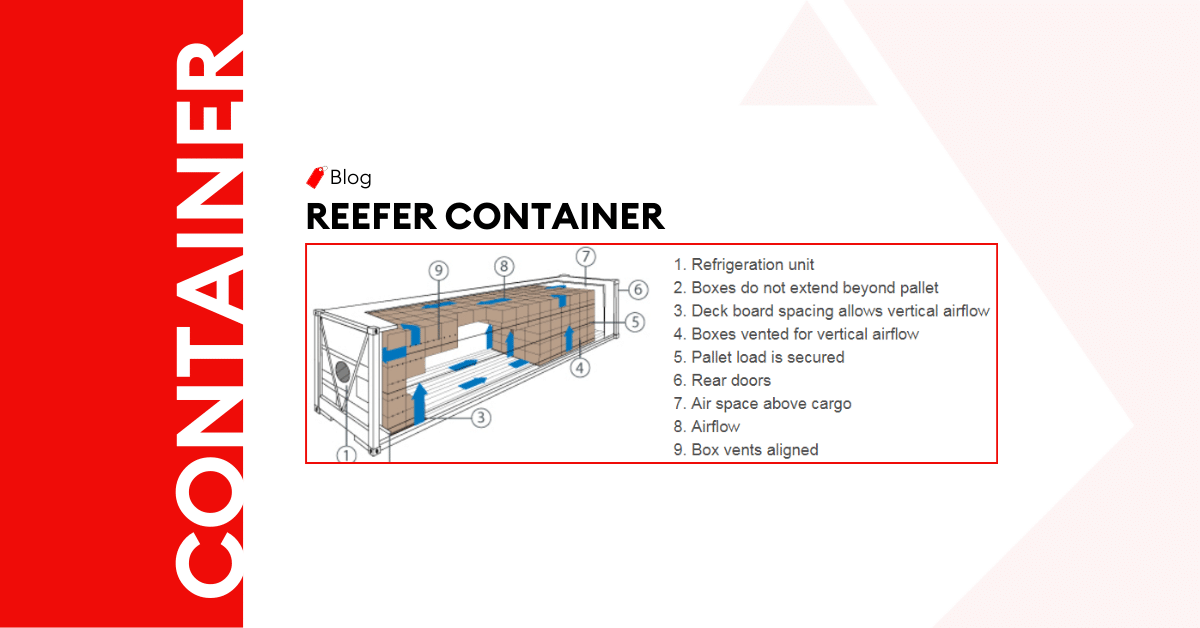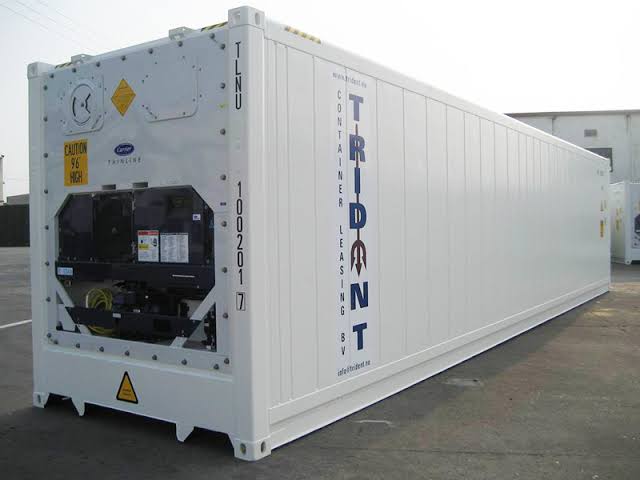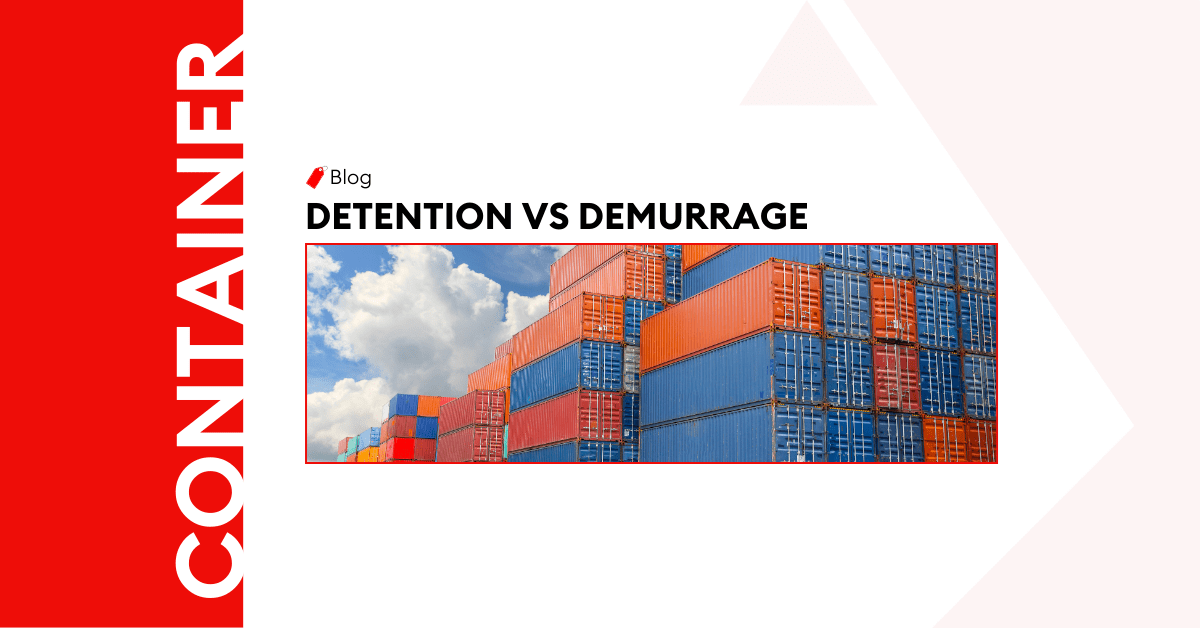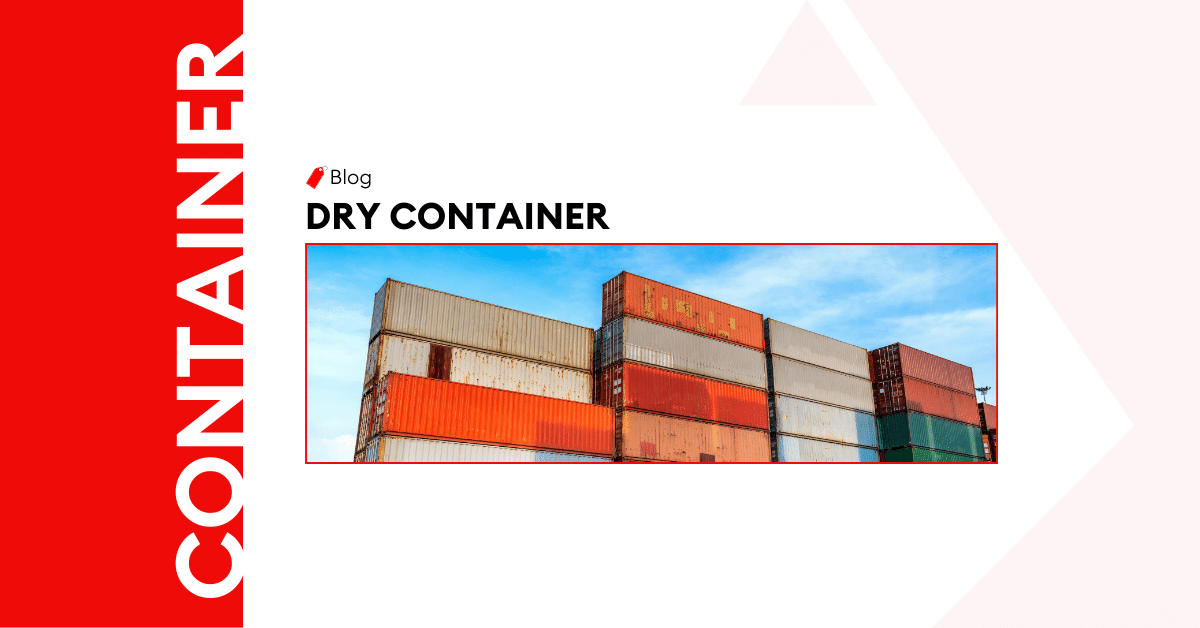
The Complete Guide To Reefer Container – Types, Specifications & Sizes

Introduction
Safeguarding the freshness and quality of cold or frozen cargo is a priority in the UAE supply chain. Today, reefer containers are modern shipping marvels that overcome the challenges of long distances and varying climates. From the growers and manufacturers to the traders and consumers, these containers massively impact the entire supply chain, forging new trade opportunities. Let’s discover how it’s all possible.
What is a Reefer Container?
Definition and Purpose of Reefer Container
Reefer shipping containers are specialized transport units for moving perishable goods, maintaining precise temperature and humidity levels to preserve freshness and quality during transit. The special conditions ensure the safe and efficient transportation of sensitive cargo across long distances and varying climates.
Differentiating Reefer Container from Other Container Types
- Advanced cooling systems, unlike standard shipping containers.
- Specifically designed to transport perishable items and other temperature-sensitive cargo.
- Specialized insulation, unlike the minimal insulation property of regular containers.
- Only reefer containers feature built-in refrigeration units.
- May have slightly reduced cargo capacity due to cooling machinery and insulation.
- More expensive to purchase and operate due to added features.
- Require special handling procedures before loading and unloading perishable cargo.
Key Features and Components of Reefer Container
Some of the key reefer container specifications and features are:
- Advanced temperature control system
- High-quality insulation and ventilation
- Sophisticated temperature monitoring and control panels
- Variable power sources
- Data logging and tracking capabilities
- Robust security features
- Remote monitoring and control systems
- Emergency systems
The Benefits of Using a Reefer Container
Precise Temperature Control for Perishable Goods
The vast reefer container temperature chart allows it to maintain specific temperature ranges, ensuring optimal conditions for various sensitive cargo. Also, their insulation property minimizes external temperature fluctuations.
Extends Shelf Life and Maintains Cargo Freshness
Reefer containers prevent microorganisms‘ growth and slow down the natural degradation of perishable goods. Controlled temperature and humidity levels within the container help maintain the freshness, texture, and taste of fruits, vegetables, and other sensitive products.
Ideal for Temperature-Sensitive Products
Precise temperature control and insulation in reefers protect perishable goods from temperature fluctuations and spoilage in long-haul transportation. The containers’ ventilation system ensures proper air circulation, maintaining optimal humidity levels.
Prevents Spoilage and Preserves Product Quality
The container’s advanced refrigeration system ensures precise temperature control, preventing temperature fluctuations that can lead to spoilage. The insulation safeguards cargo from external climatic influences, maintaining consistent conditions.
Versatility for a Wide Range of Goods
Reefer containers utilize temperature control for moving fruits, vegetables, meat, and seafood. Furthermore, they transport pharmaceuticals, vaccines, and sensitive chemicals. Reefers also accommodate non-food items like electronics and flowers.
Intermodal Shipping Capability
Reefers can effortlessly transition between trucks, trains, and ships without transferring the cargo. This smooth intermodal interchange reduces handling and loading times, minimizing the risk of product damage and spoilage.
Cost-Effective Cold Chain Logistics
Reefers maintain a controlled environment during transit, reducing spoilage of perishable goods and minimizing financial losses. The container’s intermodal shipping capability optimizes transport routes and reduces operational expenses. Additionally, insulation and advanced cooling technology minimize energy consumption, leading to lower power costs.
Compliance with Stringent Regulations
Reefer shipping containers are designed and built to meet specific industry requirements. With advanced temperature monitoring and control systems, these containers ensure compliance, mitigate risks, and uphold the integrity of perishable products.
Minimizes Risk of Cargo Contamination
The container’s insulation and secure doors keep out external contaminants from the cargo area. The advanced temperature control system ensures that the internal environment remains consistent, discouraging the growth of harmful microorganisms.
Customizable Settings for Specific Cargo Requirements
With reefer shipping containers, operators can set precise temperature ranges to suit various perishable items. Additionally, the containers’ ventilation and humidity control features can be adjusted as needed for different types of cargo.
Get In Touch
What are the Different Reefer Container Sizes?
Overview of Standard Reefer Container Sizes
The common reefer container dimensions are:
- The 20ft container has a length of approximately 20 feet, width of around 8 feet, and a height of about 8.5 feet.
- The 40ft Reefer is approximately 40 feet in length, 8 feet in width, and 8.5 feet in height and with a larger cargo capacity compared to the 20ft version.
Internal and External Dimensions of Reefer Container
Length | Width | Height |
Approximately 5.44 meters (17 feet 10 inches) | Approximately 2.29 meters (7 feet 6 inches) | Approximately 2.27 meters (7 feet 5 inches)
|
External Dimensions of 20ft Reefer Container
Length | Width | Height |
Approximately 6.06 meters (19 feet 10 inches) | Approximately 2.44 meters (8 feet) | Approximately 2.59 meters (8 feet 6 inches) |
Internal Dimensions of 40ft Reefer container
Length | Width | Height |
Approximately 11.58 meters (38 feet) | Approximately 2.29 meters (7 feet 6 inches) | Approximately 2.27 meters (7 feet 5 inches) |
External Dimensions of 40ft Reefer container
Length | Width | Height |
Approximately 12.19 meters (40 feet) | Approximately 2.44 meters (8 feet) | Approximately 2.59 meters (8 feet 6 inches) |
Load Capacity and Weight Restrictions
The load capacity of a standard 20ft Reefer container is typically around 27,000 to 28,000 kilograms (approximately 59,500 to 61,700 pounds), while that of a standard 40ft Reefer container is generally around 27,000 to 29,000 kilograms (approximately 59,500 to 63,900 pounds).
Characteristics of Reefer Container
6 Unique Design Features and Construction of Reefer Container
- High-grade insulation minimizes temperature fluctuations and protects the cargo from external climatic influences.
- Advanced refrigeration system for precise internal temperature regulation.
- Ventilation system to ensure proper airflow throughout the cargo space.
- Temperature monitoring and control panel enables real-time data visibility and adjustment.
- Robust seals and secure doors keep out external contaminants.
- Data logging capabilities record relevant information for quality assurance and regulatory compliance.
Flooring and Load Securing Mechanisms
Reefer shipping containers feature specialized flooring, made of high-strength and non-slip materials, that offer excellent weight-bearing capacity. Additionally, the containers have lashing rings or tie-down points strategically placed on the floor, walls, and ceiling to secure the cargo using straps or chains.
Structural Strength and Durability
Constructed from robust weather-resistant steel, reefers can withstand extreme weather conditions, corrosion, and mechanical stresses. The reinforced corners and welds ensure structural integrity, withstanding the rigors of handling and stacking during the loading and unloading processes.
The Most Common Applications of Reefer Container
Overview of Industries and Cargo Types That Utilize Reefer Containers
Reefer containers find applications in agriculture to ship fresh fruits, vegetables, and flowers. The pharmaceutical industry utilizes these containers for transporting medicines and vaccines under controlled conditions. Seafood, meat, dairy products, chocolates, and beverages also make use of reefers. Additionally, reefer containers are essential for shipping high-value chemicals and electronic components.
Examples of Specific Goods Transported Using Reefer Containers
- Perishable fruits and vegetables
- Fresh fish, shrimp, salmon, and other seafood products
- Meat, poultry, pork, and other meat products
- Milk, cheese, yogurt, and butter
- Vaccines, medicines, and temperature-sensitive medical supplies
- Fresh cut flowers
- Chocolate bars, candies, and other confectionery items
- Fresh fruit juices and beverages
How Al Sharqi Can Help with Reefer Container Shipping
At Al Sharqi, we utilize our extensive network coverage to deliver seamless connections to global markets. Our commitment to compliance with safety regulations and best practices guarantees the utmost care for your perishable cargo. Integrating cutting-edge supply chain management solutions, we offer real-time monitoring and temperature control to maintain the cargo integrity of sensitive items.
Speak with us for reliable and comprehensive reefer container shipping, where your goods are in safe hands and your business benefits from seamless cold chain logistics.
Conclusion
Reefers have revolutionized the transportation of perishable goods, safeguarding freshness, and extending shelf life. Using the knowledge gained from this guide, businesses can enhance their cold chain management, minimize risks of spoilage and contamination, and tap into global markets confidently. Embrace the capabilities of reefer containers, collaborate with Al Sharqi, and unlock new dimensions in logistics.
FAQs
Our experience in the field and our global network
A 20ft reefer container is a specialized shipping unit with refrigeration capabilities, measuring 20 feet long, approximately 8 feet wide, and 8.5 feet high. It’s ideal for smaller shipments or with limited cargo space.
A reefer (or refrigerated) container utilizes advanced cooling systems for temperature-sensitive cargo, while a non-reefer (or regular) container provides secure and weather-resistant transport for non-perishable goods.
- Standard reefers for various perishable goods.
- High-cube reefers with increased height and more cargo capacity.
- Dual-temperature reefer containers have two separate temperature zones for transporting goods with varying requirements.
The temperature in a reefer typically varies between -30°C to +30°C (-22°F to +86°F) or even wider, depending on the model and manufacturer.
Related Articles
Who Is Responsible for Demurrage Charges?
When it comes to shipping, people dealing in the trade at times may get charged with unexpected bill
What Is the Difference Between Detention and Demurrage?
Every step in the logistics operations is carried out according to proper agreements and contracts.
The Ultimate Guide to Dry Container {Types, Dimensions & Specifications}
Introduction In the vast ocean of international trade, about 90 percent of cargo transport relies on







Post a comment
You must be logged in to post a comment.